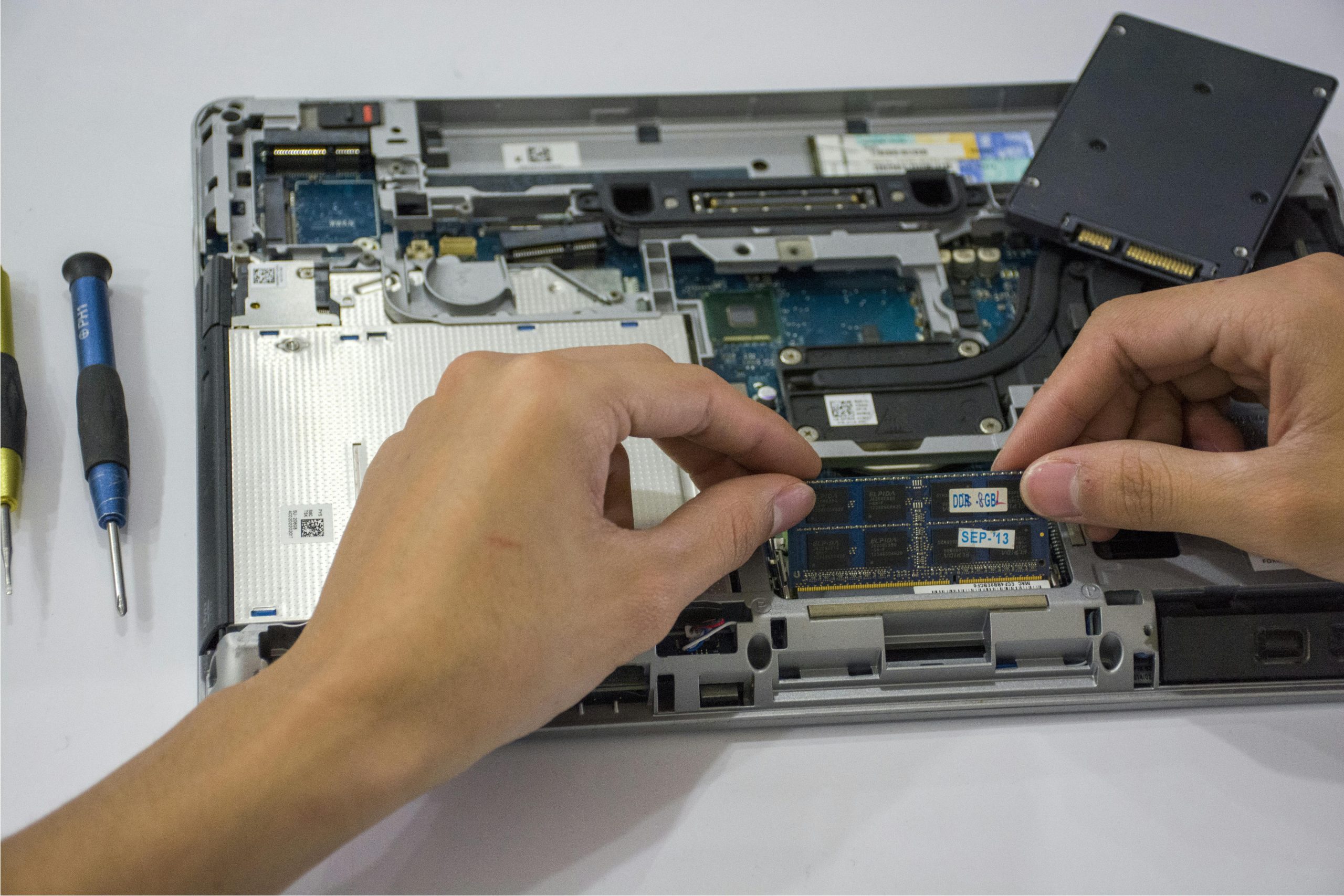Resolving Automatic Repair Loop Caused by Disconnected SATA Cables: A Technical Perspective
Experiencing the Windows automatic repair loop can be a frustrating experience, especially when hardware modifications inadvertently contribute to the issue. In this article, we explore a common scenario where accidental disconnection of SATA cables led to the system entering a perpetual “Preparing Automatic Repair” cycle, and provide insights on troubleshooting and resolution.
Understanding the Issue
The user discovered that upon powering on their computer, the system would consistently display the Windows logo followed by the message “Preparing Automatic Repair.” This cycle persisted with no apparent progress, raising concerns about potential hardware damage.
Notably, the user had previously gained experience in opening their PC case and performing hardware diagnostics but was uncertain about how to terminate the repair process or whether any damage had occurred.
Key Factors and Troubleshooting
- Hardware Physical Checks
- SATA Cable Disconnection: Accidentally unplugging the SATA cables that connect storage devices such as SSDs or HDDs to the motherboard can lead Windows to detect missing boot drives.
-
Impact on Boot Process: When Windows cannot access a configured boot drive, it can trigger repair loops or boot failures.
-
Understanding Automatic Repair Loops
- Automatic Repair is a built-in Windows recovery tool designed to fix issues preventing normal startup.
-
Persistent loops often indicate underlying hardware issues or file system corruption.
-
Diagnosing Hardware Compatibility and Integrity
- Ensuring the SSD containing the Windows installation is correctly connected is critical.
- If the drive is physically damaged or disconnected, Windows may attempt to repair or attempt to boot repeatedly.
Resolving the Issue
In the specific case discussed, the problem was effectively resolved by hardware intervention:
– The faulty SSD that contained the Windows OS was identified.
– The SSD was removed from the system.
– A new or functioning SSD was installed, allowing the system to boot normally.
This process underscores that disconnecting or removing faulty storage devices can often resolve automatic repair loops caused by hardware failures.
Best Practices and Recommendations
- Always ensure internal connections are secure before powering on.
- Use diagnostic tools to verify hardware integrity.
- When encountering boot issues, consider disconnecting non-essential drives to isolate the problem.
- Regular backups are essential to protect data during hardware troubleshooting.
Final Thoughts
Accidental disconnection of SATA cables can trigger automatic repair loops in Windows. Timely hardware inspection and replacement of faulty drives are effective strategies for resolution
Share this content:

